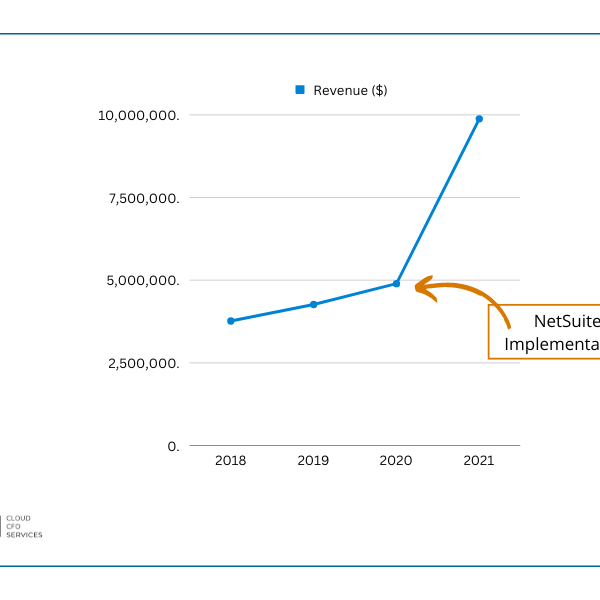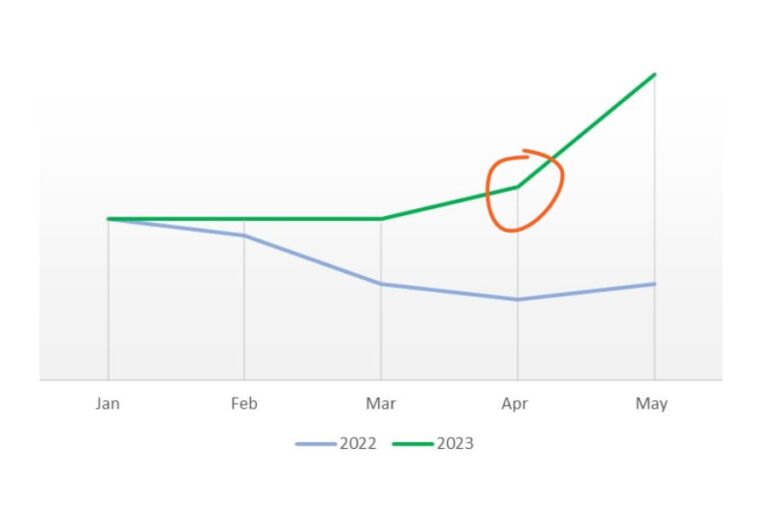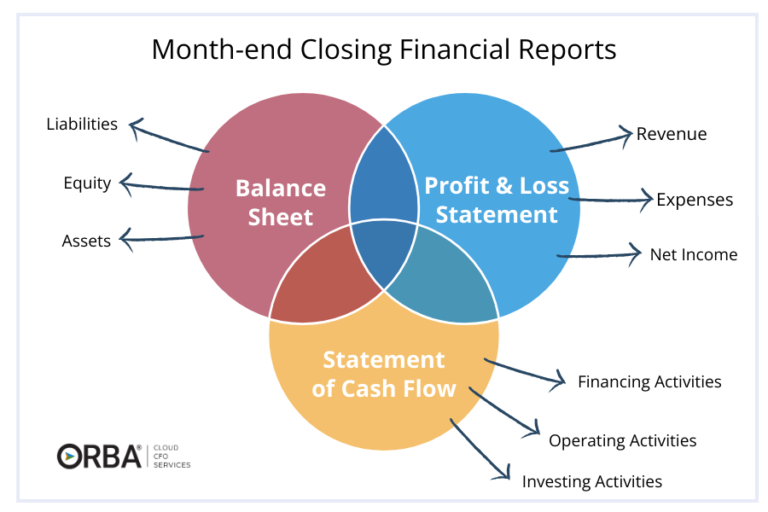In today’s competitive business landscape, increasing revenue is a vital component of enhancing profitability. But how does one go beyond just covering costs to actually growing the bottom line? This blog post will explore effective revenue growth strategies and ways to boost profitability.
Unlocking revenue growth strategies
Revenue growth is the lifeblood of any business. It allows companies to invest in new opportunities, improve products and services, and stay ahead of the competition. When a company increases its revenue, it has more financial resources to cover operational costs, pay off debt, and ultimately, generate profit.
But revenue growth isn’t just about making more money—it’s about sustained growth that enhances a company’s market position and business stability.
Why increasing revenue is crucial:
R&D Investment
Higher revenue allows for R&D investments, leading to innovative products and services.
Market Position
Increased revenue strengthens a company’s market standing, making it more attractive to investors and customers.
Ops Efficiency
With more revenue, businesses can streamline operations and reduce costs through economies of scale.
Limitations of Revenue Growth on Profitability
While increasing revenue is essential, it’s not the only factor that affects profitability. You can’t fill a bucket if you haven’t repaired the leaks that are draining your profits. Some limitations include:
- High Operational Costs: Simply generating more revenue doesn’t guarantee higher profits if operational costs rise simultaneously.
- Inefficient Processes: Without efficient processes in place, additional revenue might be offset by increased waste and inefficiencies.
- Competitive Pressures: Increased competition can erode profit margins, despite higher revenue.
- Market Saturation: There comes a point where the market becomes saturated, making it difficult to sustain revenue growth.
6 Strategies to Increase Revenue
To truly enhance profitability for revenue growth, businesses need to implement strategies that not only increase revenue but also optimize costs and operational efficiency. Here are some proven strategies to increase revenue:
1. Regularly Revisit Pricing
Pricing is a powerful lever for revenue growth. Regularly revisiting and adjusting pricing strategies can ensure that your business remains competitive while maximizing profit margins. Too often we see companies forgetting to build in automatic inflationary price increases.
Related Read: How to write a price increase letter (without apologizing!)
- Conduct Market Research: Know what prices your competitors offer and how much customers are willing to pay.
- Value-Based Pricing: Price your product or service based on the perceived value to your customers.
- Dynamic Pricing: Implement dynamic pricing strategies that adjust prices based on demand, competition, and other factors.
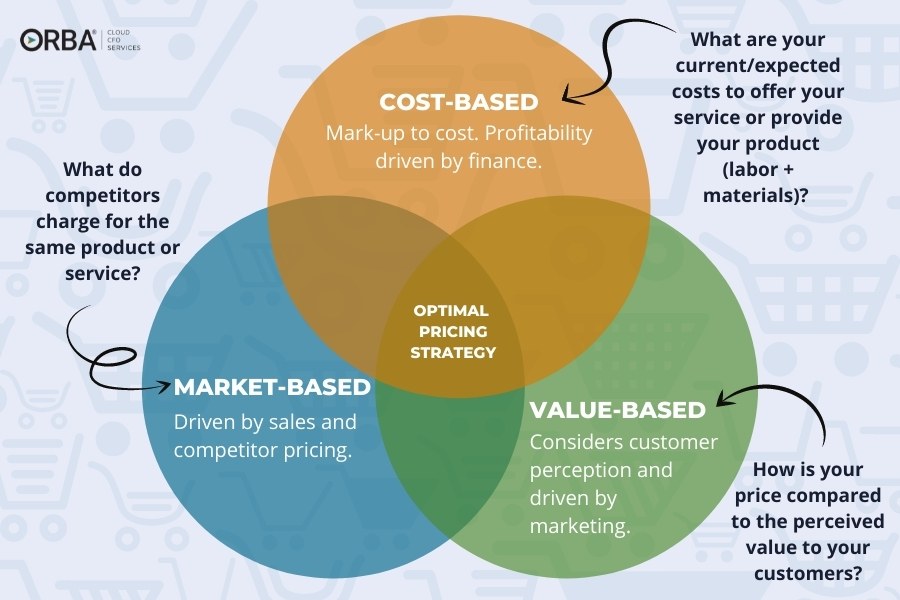
2. Grow Your User/Customer Base
Expanding your customer base is fundamental to revenue growth. The more customers you have, the more opportunities for sales. But don’t forget that quality trumps quantity. Focusing too much on simply acquiring new customers is a major growth barrier. Instead, focus on all four of these to increase revenue:
- Customer Acquisition: Invest in marketing strategies to attract new customers, such as social media campaigns, SEO, and content marketing.
- Customer Retention: Focus on retaining existing customers through loyalty programs, excellent customer service, and regular engagement.
- Referral Programs: Encourage existing customers to refer new ones by offering incentives.
- Shorten Payback Period: Don’t forget to to check in with your customer payback period.

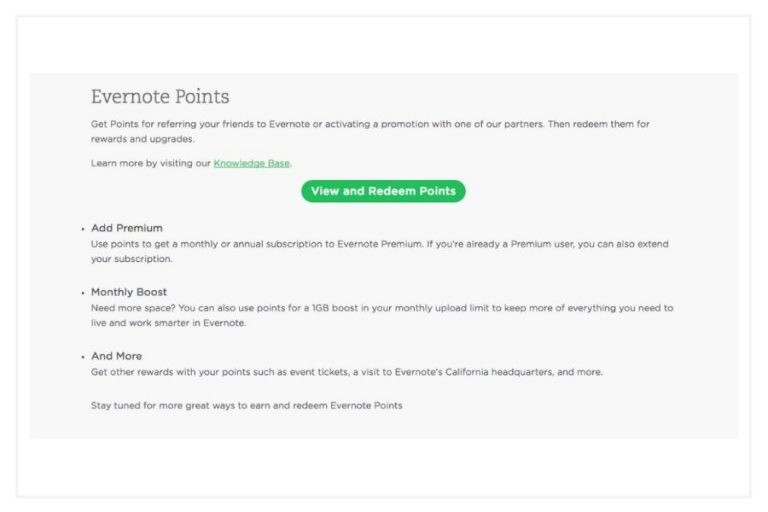
3. Check In with Your Value Proposition
Your value proposition is what sets you apart from competitors. Regularly checking in and refining your value proposition can help attract and retain customers.
- Customer Feedback: Actively seek feedback from customers to understand their needs and preferences.
- Market Trends: Stay updated with market trends to ensure your value proposition remains relevant.
- Continuous Improvement: Constantly improve your products and services based on feedback and market demands.
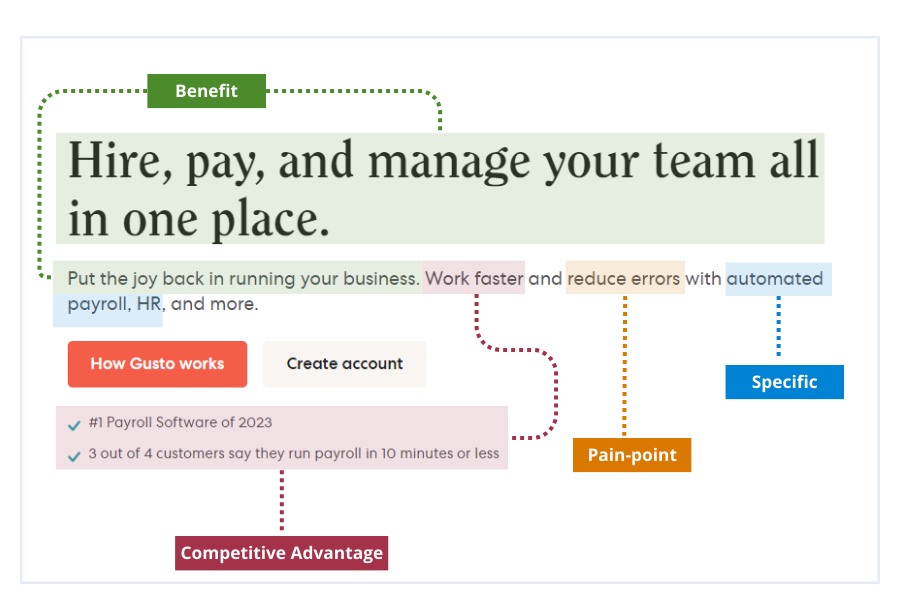
Client case example: One of our SaaS clients with a longer sales cycle due to annual (and longer contracts) found their sales pipeline frozen with higher churn and customers making downgrades. The uncertainty for future quarters had them understandably concerned.
The client offered moderate (15-20%) discounts for full payments and offered more value on a short-term free tier to prevent churn. By making it clear that this is a limited-time special offer, it prevents harming your premium brand or value proposition.
4. Diversify Revenue Streams
Relying on a single revenue stream can be risky. Diversifying your revenue streams can provide stability and additional growth opportunities.
- Product Expansion: Introduce new products or services that complement your existing offerings.
- Subscription Models: Implement subscription models for recurring revenue.
- Partnerships and Collaborations: Partner with other businesses to create new revenue opportunities.
Diversifying subscriptions to increase revenue:
With a growing market size of over 650 billion dollars, considering how to capture a piece of the subscription economy is just smart business planning. Whether it’s SaaS, media or health products, many companies are diversifying to create recurring revenue streams.
Example: HubSpot adopted a growth strategy to make it more accessible to more companies. Instead of a strictly tiered system from Starter at just $40/month to Professional with the large jump to $800/month, they now offer Hubs and Bundled suites with scalable seat-based structures, add-ons and varying commitment levels. While there are still big jumps in price from Starter to Pro, a client can access more features in a Starter bundle at a lower price if they commit to a year.
“We are doubling down on making HubSpot even easier to buy with a new seats-based pricing model. We have clear momentum in a large market, our pricing evolution will allow us to acquire and serve more customers, and the pace of product innovation will help us achieve our goal of becoming the #1 AI powered customer platform for scaling companies.”
Yamini Rangan, Chief Executive Officer at HubSpot
Smart, right?
Even if those companies are paying less per month, HubSpot can rely on that recurring revenue. What happened? Their subscription revenue increased YoY by 24%.
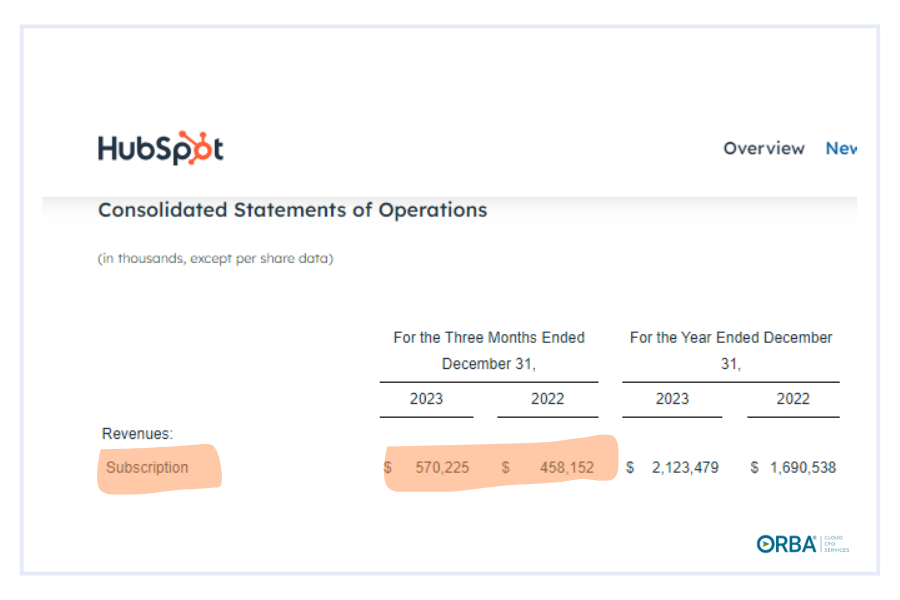
5. Optimize Operational Efficiency
Improving operational efficiency can significantly impact profitability. Streamlined processes reduce costs and waste, contributing to higher profit margins.
- Automate Processes: Use technology like AR automation with NetSuite* to automate repetitive tasks and improve efficiency.
- Lean Management: Implement lean management principles to eliminate waste and optimize resources.
- Employee Training: Invest in employee training and development to enhance productivity and efficiency.
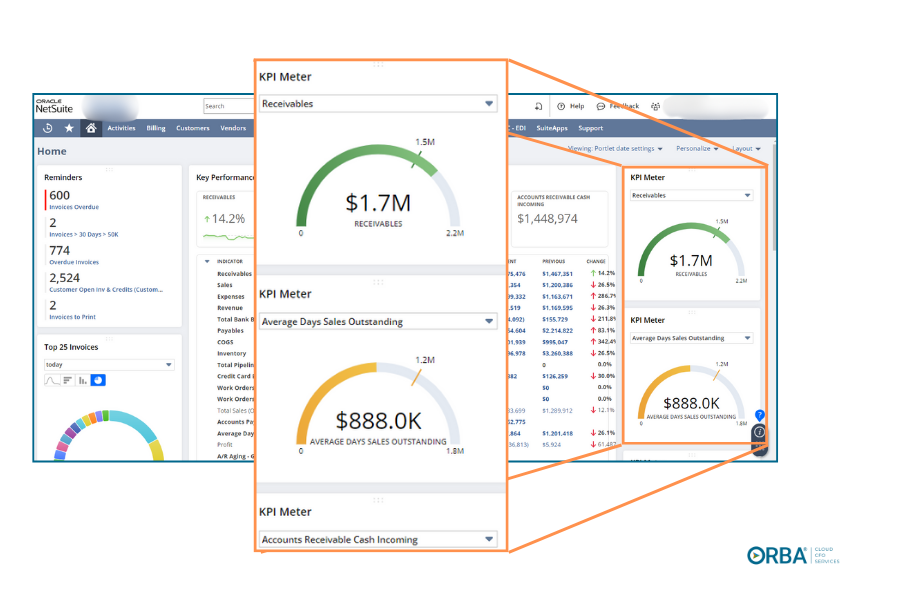
*An added bonus of the cloud-based system: curbing the time your IT team spends on patching servers and installing and troubleshooting software.
Client case example: when we recommended one of our clients switch to NetSuite, we implemented the ERP in under 3 months and reduced monthly close time by 67%. The results? Warehouse operations were streamlined. Their revenue increased by a whopping 120%!
6. Focus on High-Margin Products/Services
Identify which products or services have the highest profit margins and focus on promoting and selling these.
- Analyze Sales Data: Regularly analyze sales data to identify high-margin products or services.
- Marketing Efforts: Allocate more marketing resources to promote high-margin offerings.
- Upselling and Cross-Selling: Encourage customers to purchase higher-margin products through upselling and cross-selling strategies.
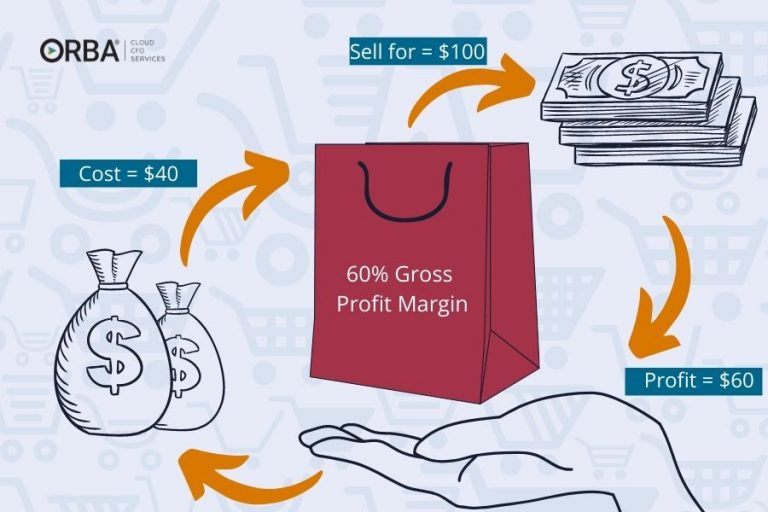
Client Case Example: One of our CPG clients had plans to cut ties with one retailer because they bought their products at a lower price than other customers. Meanwhile, they were very happy with a second retailer, who purchased their products at a higher price.
After analyzing one client’s books, we were able to show our client that, in fact, their business was losing money on this second retailer. Our client was able to negotiate substantial price increases with the second retailer. This higher price resulted in lower sales to this retailer, but these sales were more profitable and simplified operations.
As for that first retailer who paid cheaply for the client’s products, Arndt says that with a simple change in how the product was shipped to them, they were able to widen their profit margins.
The client’s profits and cash flow improved almost immediately. They were shocked that easy work could be more profitable work.
The Bottom Line
Increasing revenue is crucial for enhancing profitability, but it’s just one piece of the puzzle. By implementing the strategies outlined above, businesses can not only boost their revenue but also optimize costs and operational efficiency, leading to sustained profitability.
Ready to take your business’s profitability to the next level? Get in touch to learn more about how our outsourced accounting services can help grow your revenue!
